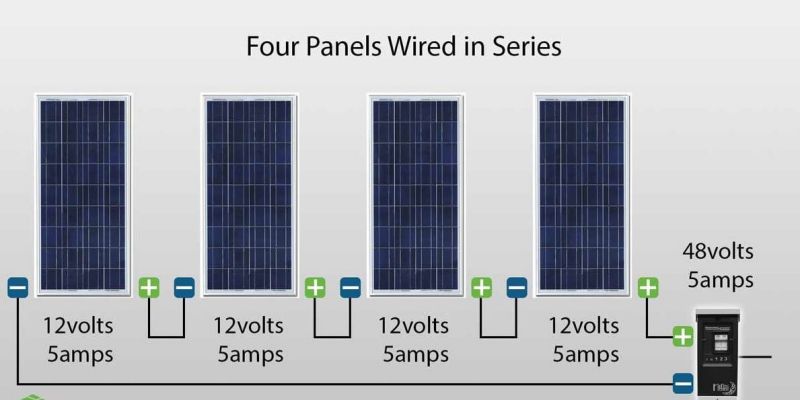Introduction
In the search for sustainable energy, homeowners are increasingly turning to solar power to meet their energy needs. However, to ensure optimal efficiency, it is important to calculate a home’s load and take into account the geographic location’s peak sun hours. By doing so, homeowners can determine the number of appliances and their hours of operation, as well as maximize the output of the installed solar energy system.
Load Calculation
Calculating a home’s load involves assessing the number and energy use of appliances. Homeowners should inventory their appliances, including refrigerators, air conditioners, lighting systems, water heaters, televisions, and other electronics. Monitoring their hours of use and energy consumption is essential to determining the load on the solar energy system. This information plays a critical role in sizing the capacity of the solar energy system needed to meet the household's electricity needs.
Consideration of geography
Geography plays a significant role in determining the efficiency and performance of solar energy system. The accumulation of solar radiation varies depending on the geographic location and climate of an area. The concept of peak sun hours helps determine the intensity and duration of sunlight available for power generation. Peak sun hours refer to the number of hours per day when solar irradiance reaches 1,000 watts per square meter. Regions closer to the equator tend to have higher peak sun hours, while those farther away have shorter peak sun hours.
Optimizing Solar Power Efficiency
To maximize the efficiency of a solar energy system, homeowners should consider the following factors:
1. Load Management: Understanding the energy consumption patterns and usage of appliances allows homeowners to optimize their usage. By spreading the load more evenly throughout the day or prioritizing energy-intensive activities during peak sun hours, homeowners can get the most out of their solar energy system.
2. System sizing: Properly sizing the solar energy system will ensure that it meets the home’s electricity needs. Oversized or undersized systems can result in inefficient use of energy. Consulting with a professional or using online solar calculators can help homeowners determine the appropriate system size.
3. Solar panel orientation: To capture the maximum amount of sunlight, it is important to install solar panels with the optimal tilt and orientation. Professionals can help homeowners position panels at the ideal angle to capture the most sunlight throughout the day.
4. Battery Storage: Incorporating battery storage solutions ensures the use of excess energy produced during peak solar hours. This stored energy can then be used during periods of low sunlight or at night, reducing reliance on the grid and further optimizing the solar energy system.

Conclusion
Harnessing solar energy for residential applications requires careful consideration of load, appliance usage, and peak sun hours for the geographic location. By accurately calculating load and integrating efficiency optimization strategies, homeowners can get the most out of their solar energy system, reduce electricity costs, and contribute to a greener, more sustainable future.
Post time: Sep-19-2023